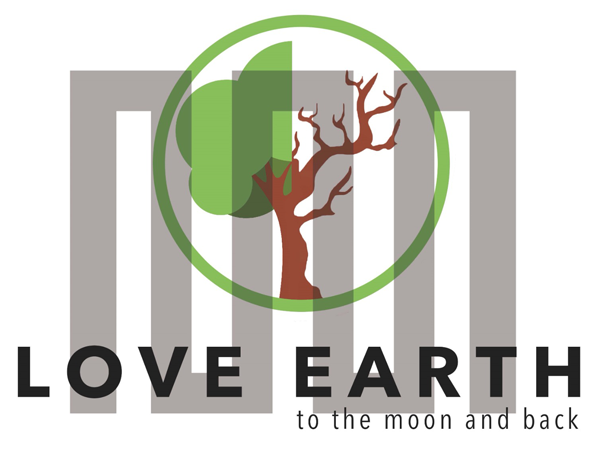To create effective modules and resources, we took a participatory approach from the start, actively involving our target groups in every phase of the project development. Here are some ideas on how we designed these elements:
Co-Creation with Target Groups: We engaged target groups in initial brainstorming and design phases, drawing on their lived experiences and insights. This ensured that the content would resonate deeply with participants and address their real needs. Feedback sessions were structured during on-site workshops, virtual meetings, and social media discussions to continuously refine the modules
Diverse Perspective Integration: Through workshops and team meetings, we brought together people from diverse backgrounds to contribute their perspectives. This approach enriched our modules, allowing us to create resources that address the project theme from multiple angles, whether cultural, social, or technical. This diversity was especially valuable for aligning with inclusive, science-based solutions for sustainable development.
Iterative Feedback Loop: Regular feedback was gathered and integrated at every stage—during hybrid events, mobility trips, and virtual sessions on Zoom. By encouraging open discussion on what was working and what needed improvement, we continuously improved our resources to ensure they were relevant and engaging.
Real-Time Adjustments via Digital Platforms: With frequent communication on social media apps, emails, and virtual meetings, we remained flexible and adaptable, making real-time adjustments to the modules. This digital-first approach allowed us to swiftly incorporate participant suggestions, ensuring the modules were always evolving to meet their needs.
Testing and Piloting Modules in Real Settings: Before finalizing, we tested the modules in real settings, such as on-site workshops and team meetings. This pilot phase provided invaluable insights, allowing participants to experience the modules firsthand, and enabled us to make any necessary changes before broader distribution.
By combining participant input, diverse perspectives, iterative feedback, and digital flexibility, we crafted modules and resources that were not only relevant and inclusive but also adaptable to the needs of all project participants and further learners and teachers.


